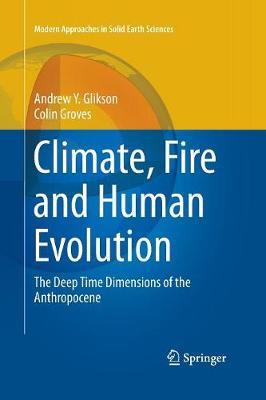Modern Approaches in Solid Earth Sciences
3 primary works
Book 9
The Archaean: Geological and Geochemical Windows into the Early Earth
by Andrew Y. Glikson
Archaean terrains contain a wealth of structural, stratigraphic, textural, mineralogical, geochemical and isotopic features allowing insights into the nature of the early Earth. This book is based on studies during 1964-2007 of Archaean terrains in Australia and to a lesser extent in South Africa and India, as well as on visits to Archaean terrains in Canada, the US and China, as well as petrological and geochemical studies of igneous and sedimentary rock suites from a range of terrains. The book will include a range of photographic and microscopic images, geological sketch maps and diagrams illustrating the lessons derived from field and the laboratory. Also other Archaean terrains are being reviewed.
The book is intended for Earth scientists as well as broader intelligent readership.
Book 10
Book 14


